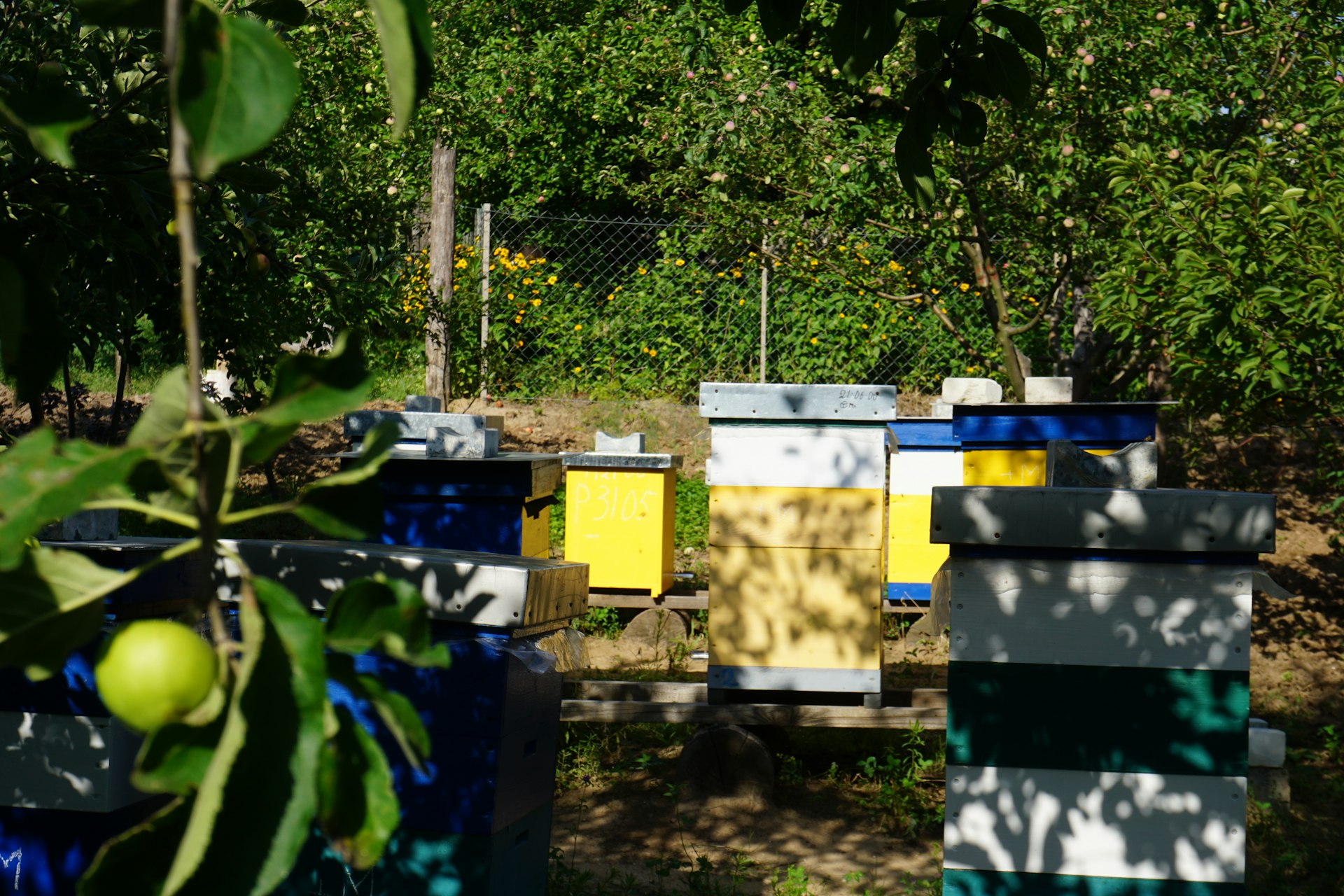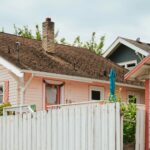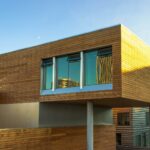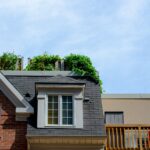Designing a Beehive-Friendly Garden Layout for Suburban Backyards: A Step-by-Step Guide


Photo by Dmytro Glazunov on Unsplash
Introduction: The Importance of Bee-Friendly Gardens in Suburban Spaces
Designing a garden that welcomes bees is one of the most impactful choices suburban homeowners can make for the environment. Bees are essential pollinators, supporting the growth of fruits, vegetables, and flowers. In suburban areas, where habitat loss and chemical use threaten pollinator populations, a thoughtfully planned garden can provide crucial resources for bees while enhancing your backyard’s beauty and productivity [1] .
Planning Your Beehive-Friendly Garden Layout
Before planting, assess your backyard’s size, sun exposure, and existing vegetation. A typical suburban backyard can accommodate a pollinator garden regardless of its dimensions. Begin by sketching a map of your yard, marking sunny and shaded areas, existing trees, and utility locations. This helps in selecting the right plants and features that will thrive and attract bees.
Experts recommend integrating bee lawns -a mix of turfgrass and low-growing flowering plants-into the design. These lawns not only remain functional for recreation but also supply nectar and pollen for a wide range of native bees [1] . For small yards, even a patch of wildflowers or a series of planters can significantly boost local bee populations [2] .
Choosing the Right Plants: Diversity and Bloom Cycles
A successful bee-friendly garden relies on a diverse selection of native plants that bloom from early spring through late fall. This ensures a constant supply of food for different bee species across seasons. Group at least one square yard of the same plant together-this clustering makes it easier for bees to forage efficiently [2] . Recommended choices include:
- Low-growing flowers for bee lawns, such as Dutch white clover, self-heal, and creeping thyme [1] .
- Tall perennials like sunflowers and coneflowers at the back of beds for vertical structure [3] .
- Mid-height flowers such as zinnias and cosmos for color and additional foraging layers [3] .
- Herbs and vegetables allowed to flower, including basil, oregano, and broccoli, for added nectar sources [2] .
Where possible, prioritize native plants over cultivars, as these typically offer better nutrition for local pollinators [4] .
Garden Layout and Structural Elements
Maximize your space by layering plants-place tall varieties at the back or center, with mid-size and low-growing species in front or along borders [3] . This approach not only creates visual appeal but also supports various bee species with different foraging preferences. In narrow side yards or compact spaces, vertical gardening using trellises or wall-mounted planters can add valuable floral habitat [3] .
Integrate islands of habitat by converting patches of turf into wildflower beds or by using raised beds and containers. Leave some ground bare for ground-nesting bees, and maintain undisturbed leaf litter or mulch in shady corners to provide nesting sites [5] . Consider adding features such as:
- Bee hotels made from untreated wood with holes of varying sizes for solitary bees [5] .
- Log or rock piles for shelter and overwintering sites.
- Shallow water sources, such as birdbaths with stones, to provide safe drinking spots for bees [2] .
Maintenance and Sustainable Practices
Maintain your bee-friendly garden using low-input, eco-friendly methods. Avoid all pesticides, herbicides, and chemical fertilizers, as these are harmful to bees and other beneficial insects [2] . Opt for manual weed removal and organic compost to enrich the soil. Allow some plants to go to seed and flower, supporting bees during times when floral resources are scarce [2] .
Water deeply but infrequently, and mulch with organic materials to retain soil moisture. At season’s end, leave stems and leaf litter undisturbed until spring to provide winter shelter for pollinators [3] .
Step-by-Step Guide to Creating Your Bee-Friendly Backyard
- Assess your yard : Map sun and shade, note soil type, and existing features.
- Design your layout : Plan for plant layers, wildflower patches, bare ground, and habitat features.
- Select plants : Choose a mix of native, long-blooming species suited to your region and garden zones.
- Prepare the site : Remove turf where needed, amend soil with compost, and outline beds or containers.
- Plant strategically : Group plants by species and bloom time; install water and shelter features as needed.
- Practice sustainable care : Avoid chemicals, mulch appropriately, and water wisely.
- Monitor and adapt : Observe bee activity, adjust plantings, and expand habitats each year.
Examples and Real-World Applications
Many suburban homeowners have successfully transformed their lawns into thriving bee habitats. For instance, a typical 20-by-30-foot backyard can include a bee lawn with clover and thyme, a small raised bed of native wildflowers, and several planters of flowering herbs. Even small patios can host pollinator-friendly containers and bee hotels. Research from the University of Minnesota found that bee lawns attract over 50 species of native bees while needing less maintenance than traditional lawns [1] .
Some communities organize pollinator garden tours or provide seed packets for residents. You may be able to access local resources by contacting your county extension office or searching for “pollinator-friendly gardening programs” in your region. Many state university extensions, such as the University of Minnesota Extension, offer free guides and plant lists tailored to your state [1] .
Challenges and Solutions
Common barriers to creating bee-friendly gardens include small lot sizes, homeowners association rules, or uncertainty about plant choices. To overcome space constraints, use containers, vertical gardens, or window boxes. If local regulations limit lawn alternatives, start with small wildflower patches or border plantings and gradually expand. For plant selection, consult local nurseries or extension services for native species recommendations. Remember to explain the environmental benefits of bee gardens to neighbors and community groups to build support.
Alternative Approaches and Further Steps
If a full garden conversion isn’t possible, even modest changes support pollinators. Seed bombs made from native wildflower seeds can be tossed into neglected patches for easy habitat creation [5] . Creating flower boxes or bee blocks from recycled materials is another simple, effective strategy. For more involvement, consider joining citizen science projects or local pollinator conservation groups.

Photo by Nino Maghradze on Unsplash
To learn more or access regionally specific guidance, search for your state’s university extension pollinator resources or consult organizations such as The Nature Conservancy, which regularly publishes up-to-date pollinator garden guides [5] .
Key Takeaways for a Successful Beehive-Friendly Suburban Garden
Building a beehive-friendly garden in your backyard is achievable through careful planning, plant selection, and sustainable practices. By providing diverse, chemical-free habitats and water sources, you support both local pollinators and a vibrant home landscape. Start with small changes and expand annually, knowing that every effort makes a difference for bees and your community.
References
- [1] University of Minnesota Extension (2025). Planting and maintaining a bee lawn.
- [2] Beverly Bees (2021). Planting A Bee Friendly Garden.
- [3] American Meadows. Pollinator Plants & Garden Design Ideas For Every Outdoor Space.
- [4] OSU Master Gardeners (2024). Ten Proven Ideas for a Bee Friendly Garden (YouTube).
- [5] The Nature Conservancy (2024). Creating a Pollinator Garden Paradise.






